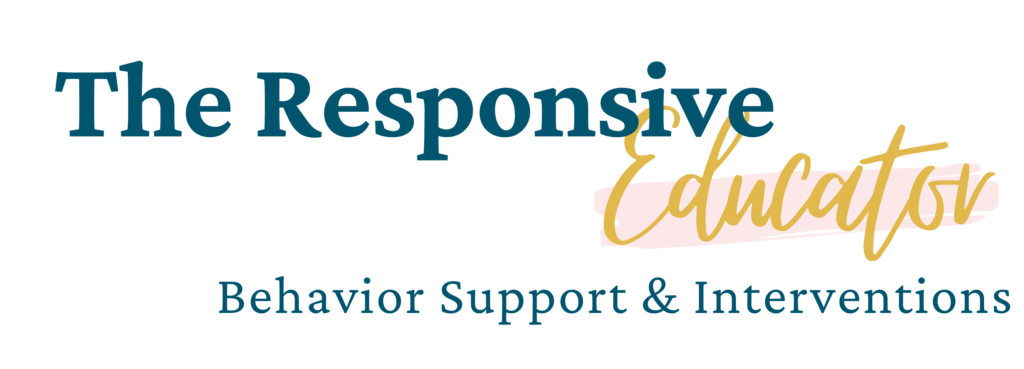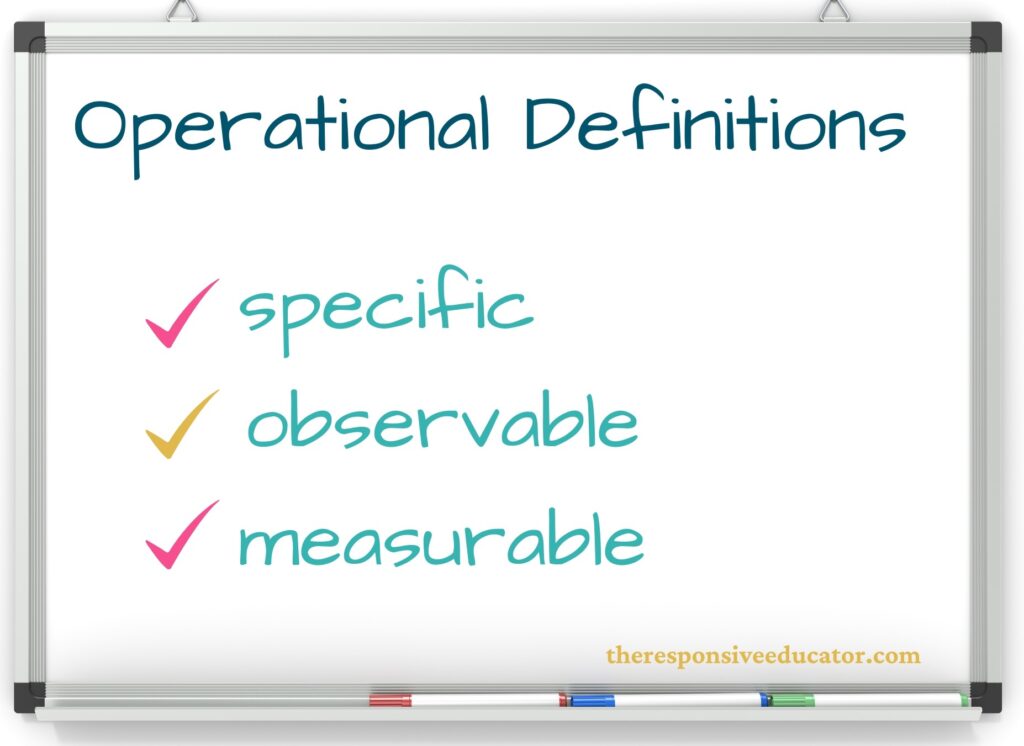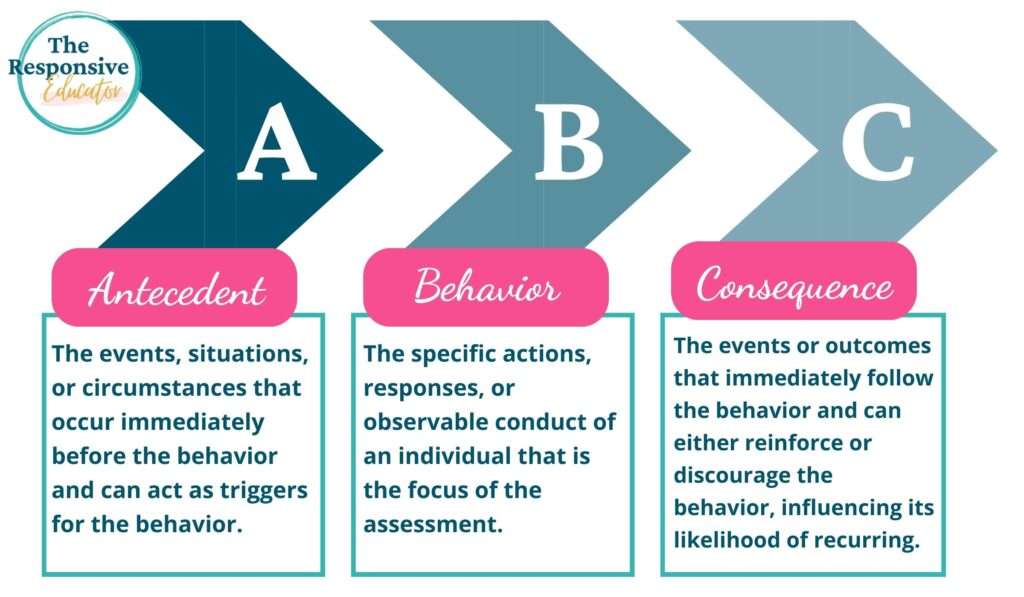

Imagine this: A student in your classroom suddenly pushes their chair back, crosses their arms, and refuses to participate. Or perhaps a quiet student begins tapping their pencil loudly, disrupting those around them. As teachers, moments like these can feel chaotic and frustrating, but they’re also opportunities to dig deeper. What caused the behavior? Was it a difficult task? Peer pressure? Sensory overload?
Understanding what triggers challenging behaviors is the first step toward addressing them effectively. Behavior is communication, and when you identify the “why” behind it, you can create strategies to reduce disruptions and better support your students. This post will guide you through key strategies for observing behavior, spotting triggers, and turning those insights into meaningful interventions.

Behavior doesn’t happen in isolation—it’s always tied to something. Whether it’s frustration, sensory sensitivity, or a need for attention, challenging behaviors stem from a root cause. When educators uncover these triggers, they can shift from reacting to behaviors to proactively preventing them.
Take Sarah, a student who frequently blurts out during math lessons. At first glance, it seems like attention-seeking behavior. But after tracking her behavior patterns, her teacher notices it only happens during group problem-solving activities. The real trigger? Sarah feels anxious about making mistakes in front of her peers. Once this is clear, her teacher adjusts the structure of these activities, giving Sarah more time to work independently before sharing her answers.
When you identify triggers, you can:
Understanding triggers turns moments of frustration into opportunities for connection and growth.

Identifying behavior triggers requires more than a quick glance at what’s happening in the classroom. Effective observation is intentional and systematic. Here’s how you can make it count:
Imagine you’re tracking a student’s behavior, but your notes only say “off-task” or “disruptive.” What does that really mean? Does “off-task” mean looking out the window or doodling in a notebook? Does “disruptive” mean calling out, making noises, or walking around the room?
For observations to be meaningful, the behavior must be clearly and specifically defined using operational definitions—measurable and observable terms that everyone can interpret consistently. For example:
Precise definitions ensure consistency and reliability, especially if multiple educators are involved in observing the same student. This clarity also makes it easier to identify patterns later.
Want to dive deeper into creating operational definitions? Check out these posts:

Think of behavior like a chain reaction. Something happens first (the antecedent), the student reacts (the behavior), and then there’s a response (the consequence). Using an ABC Chart helps you map out these components:
For example, if a student consistently leaves their seat when asked to complete independent work, the antecedent (a difficult or disliked task) may be the trigger. Once this pattern is clear, you can modify the task or provide additional support to help the student succeed.

Have you ever noticed how much the environment impacts your own mood and focus? The same is true for students. Factors like noise levels, seating arrangements, and transitions can trigger behaviors.
Take James, a student who gets visibly agitated during group work. His teacher realizes that his desk is near a noisy air vent, which makes it difficult for him to concentrate. Moving him to a quieter spot significantly reduces his frustration.
When observing behavior, consider:
Sometimes, small adjustments can make a big difference.

A student’s behavior might look completely different depending on the context. That’s why it’s important to observe across a variety of settings:
For example, a student who thrives during structured lessons might struggle with the unpredictability of recess. Observing across settings provides a more complete picture of what’s influencing their behavior.
Sometimes, the best insights come directly from the student. If appropriate, ask questions like:
For instance, a student who frequently calls out might say, “I felt like you wouldn’t call on me if I raised my hand.” This feedback can help you address their needs directly, whether through praise for hand-raising or more structured turn-taking.

Not every behavior will be a major disruption, but smaller actions—like fidgeting or withdrawing—can provide valuable clues. For example:
Paying attention to these smaller signals helps you identify patterns that may not be immediately obvious.
Once you’ve identified triggers, what’s next? Use your observations to create meaningful interventions:
With regular observations, you can move from simply managing behavior to truly supporting student success.

Need a structured way to track behaviors and triggers? Tools like my Classroom Behavior Observation Form provide ready-made templates to document antecedents, behaviors, and consequences. These forms help ensure no detail is overlooked.
For a deeper dive into strategies for analyzing and acting on behavior data, check out my post: From Data to Action: How to Use ABC Behavior Charting Graphs.
When you combine observation with actionable steps, you’ll create a classroom environment where all students can thrive.

Support your students’ individual needs with our exclusive Classroom Concerns Checklist.
Identify key concerns in areas like cognitive skills, communication, social/emotional behavior, and more.
Sign up now to receive instant access and valuable insights on addressing classroom concerns.
Don’t miss out, join our community today!